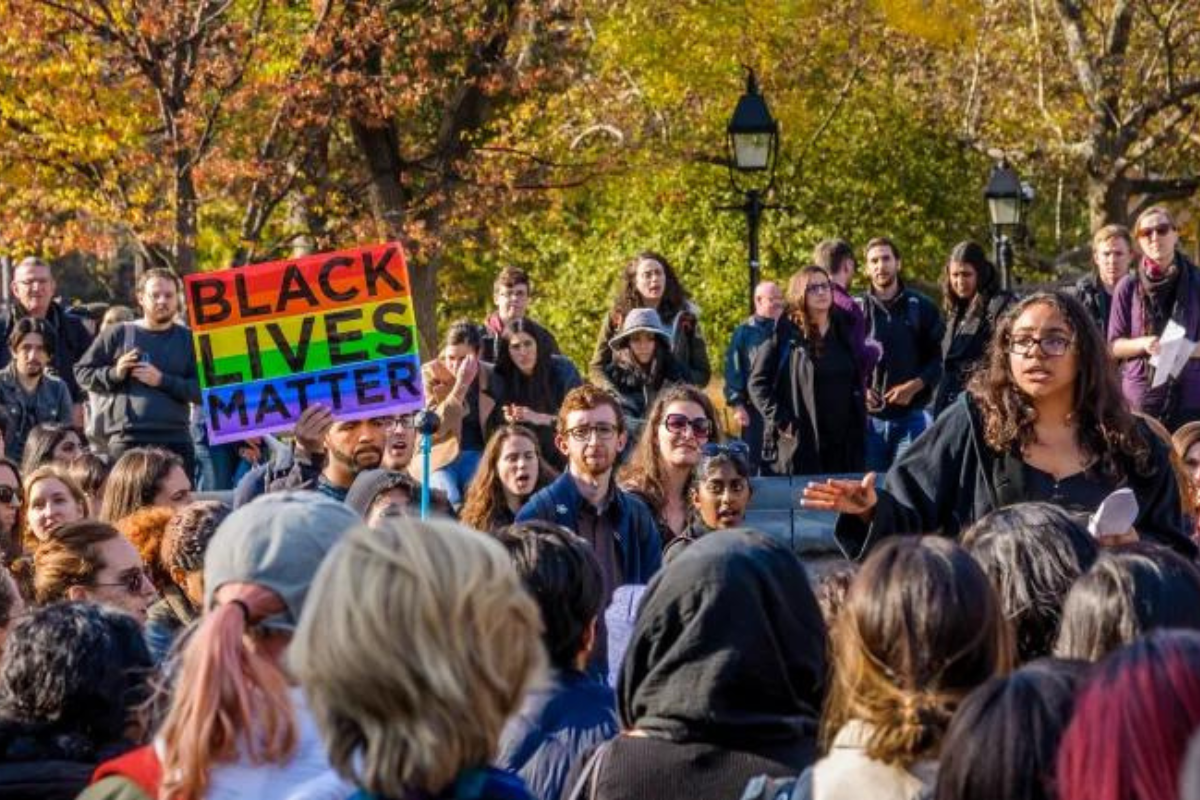In today’s world, the youth have emerged as a powerful force driving societal change, and nowhere is this more evident than on college campuses. Student activism and advocacy have become catalysts for challenging the status quo and fostering a more inclusive and equitable environment. In this blog post, we will delve into the world of student activism, exploring its significance, different forms, and the impact it has on campuses and beyond.
Understanding Student Activism:
Student activism is a long-standing tradition deeply rooted in history, dating back to pivotal moments such as the civil rights movement and anti-war protests. At its core, student activism is driven by a desire for social justice, equality, and positive change. By mobilizing their voices, students have the power to influence policies and create a lasting impact in their communities.
Types of Student Activism:
Student activism takes many forms, ranging from large-scale protests and rallies to grassroots campaigns and social media movements. Across campuses worldwide, students have successfully fought for causes such as gender equality, racial justice, climate change awareness, and mental health support. Examples like the March for Our Lives movement against gun violence and the #MeToo campaign demonstrates the reach and potency of student activism in sparking societal conversations.
The Role of Student Organizations:
Student organizations play a vital role in nurturing and amplifying student activism. These groups provide platforms for like-minded individuals to come together, share ideas, and collectively advocate for change. By joining student organizations, individuals gain access to a supportive network that empowers them to address social issues and effect meaningful change within their campus and beyond.
Challenges Faced by Student Activists:
While student activism brings about positive change, it also presents its share of challenges. Student activists often face resistance from institutions, public scrutiny, and the risk of burnout. Overcoming these obstacles requires resilience, effective strategies, and community support. It is essential for student activists to prioritize self-care, establish strategic partnerships, and foster dialogue to sustain their efforts and ensure long-term impact.
The Impact of Student Advocacy on Campus Policies:
Student advocacy has the power to influence campus policies and decision-making processes. Recognizing the value of student voices, educational institutions are increasingly open to including students in discussions on academic programs, diversity and inclusion initiatives, campus safety measures, and sustainability efforts. The collective power of student advocacy has resulted in significant policy changes and improvements that benefit the entire campus community.
Empowering Student Activism:
To empower student activism, it is crucial to provide students with guidance and resources to initiate and sustain their advocacy efforts. Building a supportive network and collaborating with other student activists can amplify the impact of individual initiatives. By harnessing the potential of social media platforms, organizing workshops, and engaging with local communities, students can effectively communicate their messages and garner widespread support for their causes.
Takeaway
Student activism and advocacy are forces that challenge the status quo and pave the way for a better future. By recognizing the power of their voices, students can spark transformative change on their campuses and beyond. From historical movements to contemporary campaigns, the impact of student activism serves as a testament to the importance of empowering young individuals to champion causes they believe in. Let us embrace the energy and passion of student activists, working alongside them to create a more just, equitable, and inclusive society for all. Together, we can challenge the status quo and shape a brighter future.

